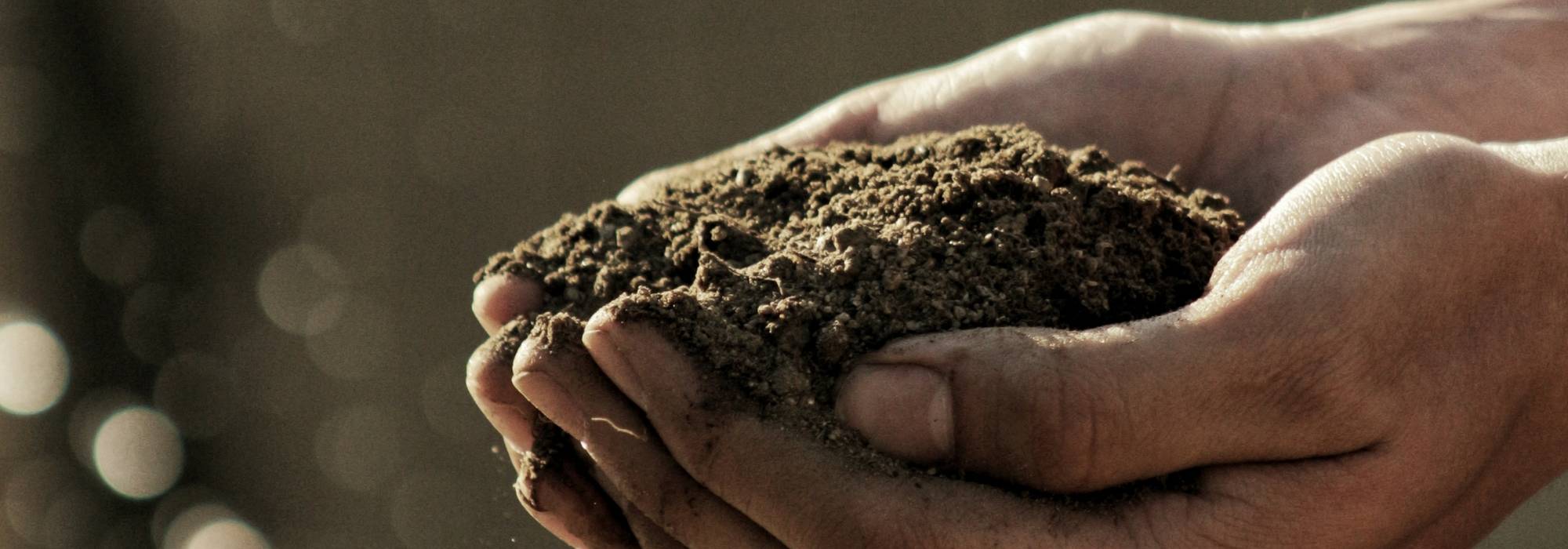
How to choose good compost?
to sow, to repot or to grow
Contents
Potting soil is a basic product that many gardeners use. However, there are many types of potting soils, quite different from one another: universal potting soil, horticultural potting soil, seedling potting soil, geranium potting soil… This can make it difficult to navigate and consequently choose the right potting soil.
But, let’s start at the beginning! What is potting soil? Potting soil is a growing medium made up of organic materials (sphagnum, turf, fibres and plant waste, compost, manure, etc.), to which mineral materials are added (sand, perlite, vermiculite, clay, dolomite, etc.) and often fertiliser.
Potting soil is, in most cases, intended to replace soil for growing plants in pots, or above ground, for sowing, transplanting or repotting. This substrate must allow for good rooting and better nutrient assimilation so that plants can grow under optimal conditions.
Discover how to decode labels and how to choose the best potting soil, based on its use and the needs of the plants!
To make the right choice, learn to read the label.
Analysing labels may seem complicated to decipher. Organic matter, dry matter, electrical conductivity, pH, NPK, and other obscure terms… what do they correspond to?
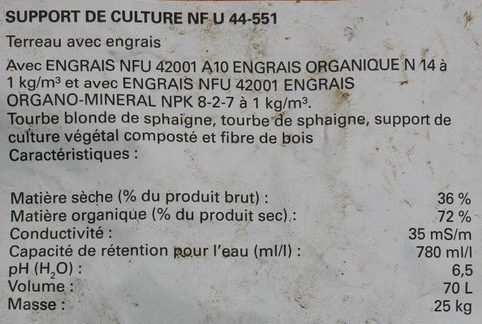
Label of a cheap universal potting soil.
-
The dry matter
The dry matter content is a crucial piece of information, as it allows you to know the water content of your potting soil. Indeed, the dry matter is what remains once the water has been removed. This rate is always expressed on the raw product (the entire bag) and can vary from simple to double.
In our example, the label indicates 36% dry matter. This means that in 25 kg of product, there are 9 kg of useful materials for the plants and 16 kg of water! In other words, it is a potting soil that contains far too much water.
-
The organic matter
It is the organic matter that allows for the retention of water and minerals to ensure good growth of plants. The organic matter content can vary greatly depending on whether it is calculated:
- from the raw product, that is to say, on the entire contents of the bag, including water.
- from the dry matter, that is to say, without water.
This can be confusing and may lead you to pay more for potting soil that contains a lot of water and less useful material.
When the organic matter content is expressed on a dry matter basis, it can mislead the consumer, as the number is large and may suggest that it is a quality potting soil.
To know the percentage of organic matter in the raw product, a few simple calculations are necessary:
In our example, the bag of potting soil weighs 25 kg.
The bag contains 36% dry matter. You just need to do a simple calculation to find out the actual weight of dry matter in the bag: weight of the bag multiplied by the percentage of dry matter which is (25 Kg x 36 %)/100 = 9.
→ There are therefore 9 kg of dry matter in our bag of potting soil.
– The label tells us 72% organic matter on a dry product basis. To find out the weight of organic matter in the bag: weight of dry matter multiplied by the percentage of organic matter which is (9 Kg x 72 %)/100 = 6.48.
→ There are therefore 6.48 kg of organic matter in the bag.
If we convert this value into a percentage: 6.48 / 25 x 100 = 25.92.
→ There are therefore only 25.9% of organic matter in the raw product.
-
The water retention capacity
This is the ability of the potting soil to retain water during watering. That is why this value is expressed in millilitres of water per litre of potting soil (ml/l) and the higher it is, the more the potting soil will retain water.
-
The electrical conductivity or resistivity
Electrical conductivity represents the ability of the substrate to allow electric current to pass through, thus allowing for the measurement of the salinity of the medium. Fertilisers come in the form of salts, which are composed of ions, and ions conduct electricity. It is expressed here in milliSiemens/metre (mS/m) but can also be indicated in milliSiemens/centimetre (mS/cm) or microSiemens/m (µS/m). The higher the value, the higher the salinity of the potting soil and the richer it is in minerals. For potting soil in general, this value ranges from 25 to 85 mS/m, while for heather soils, it ranges from 5 to 45 mS/m.
Sometimes, certain potting soils indicate resistivity. This is actually the opposite of conductivity. When resistivity is high, the potting soil contains few minerals. This data is expressed in Ohm centimetre (Ohm.cm) and the average value is 1400 Ohm.cm.
-
The pH
It indicates the acidity or alkalinity of the substrate. Some plants are very sensitive to this, so it is a parameter not to be overlooked. It ranges from 0 to 14, with higher values being more alkaline and conversely, a pH of 7 being neutral.
-
The NPK fertilisers
Fertilisers are generally composed of three major elements for plant growth and represented by their chemical symbols: N (Nitrogen), P (Phosphorus), and K (Potassium). They are always given in the same order, in our example: 8-2-7 this means that the potting soil contains 8% nitrogen, 2% phosphorus, and 7% potassium.
Note that this concept is very important. It differs depending on whether you want to promote rooting, flowering, fruiting, or foliage:
- To promote foliage, choose a fertiliser with a good nitrogen content.
- To promote rooting, turn to a fertiliser with a good phosphorus content.
- To promote flowering or fruiting, favour the potassium content.
A fertiliser containing the same percentage of nitrogen, phosphorus, and potassium is versatile. Be careful, a fertiliser 20-10-10 for example, is twice as concentrated as a fertiliser 10-5-5, so the doses will not be the same.
-
The Cation Exchange Capacity or CEC
Some bags of potting soil specify the CEC. It indicates whether the substrate is capable of retaining fertilisers more or less effectively. Therefore, the higher the value, the better it retains them. The CEC is expressed in milligrams of equivalent per 100g of substrate (meq/100g) and it ranges from 10 to 200 meq/100g.
The right compost, depending on the uses
-
Sowing
To sow your seeds, use a special sowing compost. This substrate is specifically designed to facilitate the success of sowing and cuttings. Its granulation is fine. It is lightweight, draining while having good water retention capacity and is healthy (sterilised). It contains turf, sand, perlite and/or vermiculite. The pH should be between 6.5 and 7.5, which is slightly alkaline, and the conductivity should not exceed 20 mS/m.
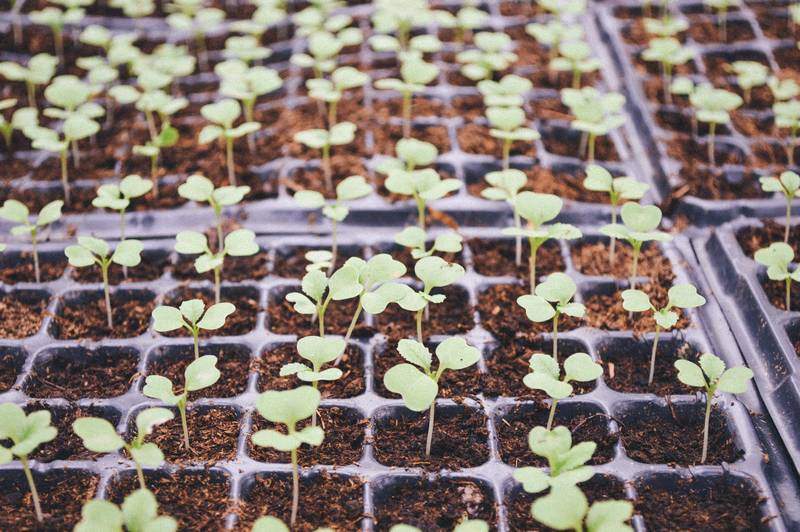
This compost can be used for sowing both flowers and vegetables, in planters and even as a blanket bog for direct sowing in the ground.
Just like experienced gardeners, you can of course prepare your own sowing compost. For example, mix: 60% universal compost and 20% previously sieved compost, adding 20% perlite or vermiculite.
-
Transplanting
Transplanting involves moving a seedling to another location to allow it to develop to a more advanced stage. A compost for transplanting must therefore be able to nourish the plant until it is planted in the ground or in a container. Ideally, mix 1/3 universal compost, 1/3 mature compost, and 1/3 soil from your garden.
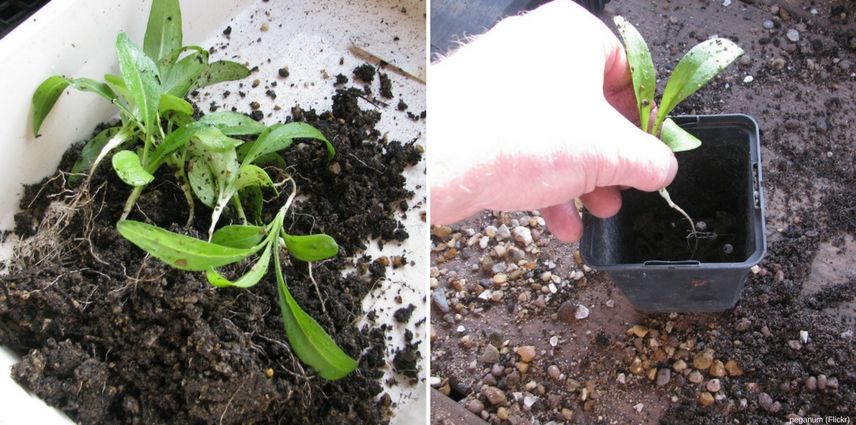
-
Repotting
Repotting involves changing a plant’s pot when it becomes too small for the root system and when the substrate is exhausted. To repot a plant, you need to choose an appropriate compost based on the needs or specificities of your plant. An acidophilous plant will appreciate heather soil with an acidic pH, while a cactus will be repotted in a compost for cacti, which is ultra-draining.
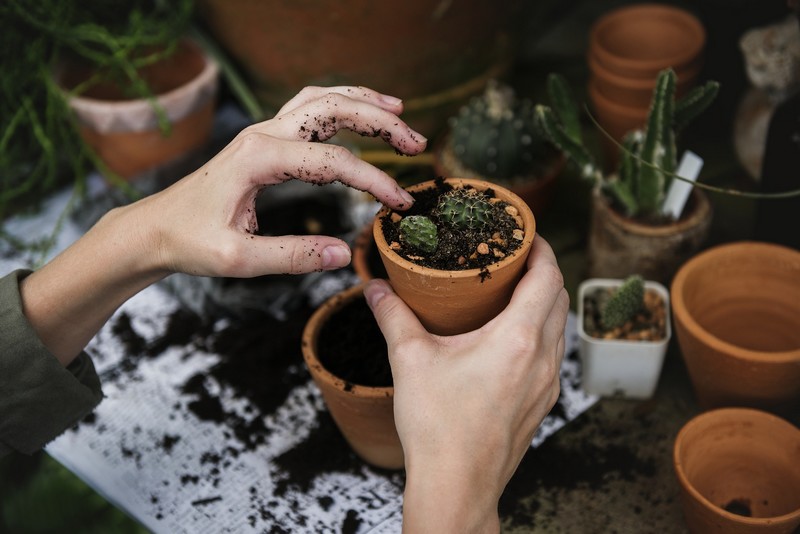
→ discover our composts for sowing and transplanting
A compost suitable for each type of plants
You have a range of composts available, each with specific characteristics depending on the intended use:
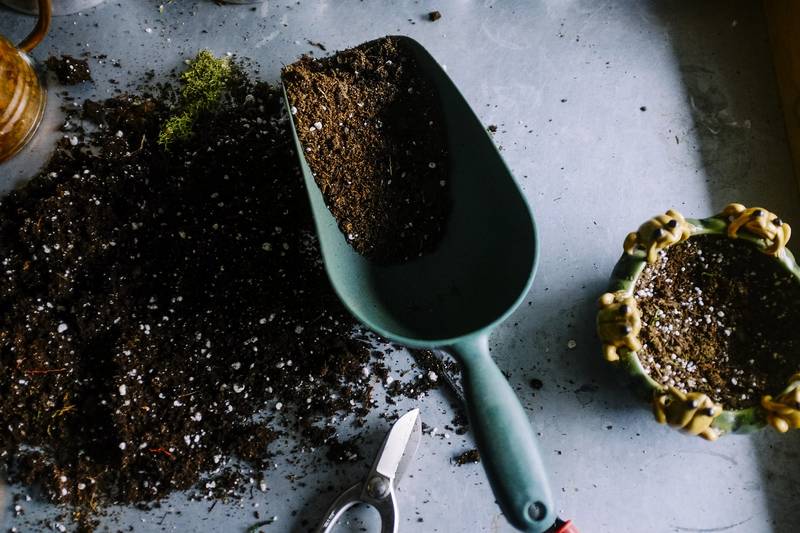
-
Universal Compost
Universal compost contains peat, composted resinous bark, compost, fertiliser… It is a versatile substrate suitable for most plants in open ground. However, it is often of mediocre quality. Be sure to read the labels! Good compost should be dark, almost black, smell of humus, and contain little to no poorly decomposed plant debris. In other words, the granulation (consistency) should be fine. It should also rehydrate quickly. Finally, in all cases, it is not suitable for potted plants and containers, nor for sowing or repotting.
-
Horticultural Compost
This is an improved universal compost, richer in humus and trace elements. It is enriched with manure and seaweed. It is particularly used in vegetable gardens but is more versatile. Indeed, it is suitable for a large majority of plants except for acidophilous plants. It is also known to add consistency to sandy soils.
-
Geranium Compost
This is an ordinary enriched compost, with composition varying by brand. Note that it is not essential and can be replaced by good garden soil mixed with well-matured compost or fertiliser.
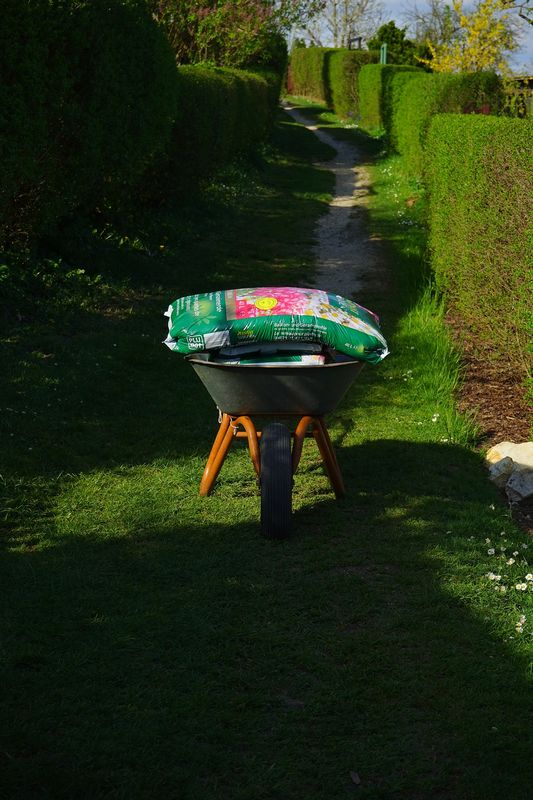
-
Rose Compost
This compost is very rich in humus and manure. It can be mixed with soil at the time of planting to facilitate rooting. It is not essential for roses in open ground, which adapt well to all types of soil depending on the rootstock used. You can also use it for planting your potted roses.
→ discover our range of rose compost
-
Heather Soil and True Heather Soil
Heather soil is a classic compost that has been artificially acidified to meet the needs of heather soil plants. The composition varies by brand and may include blonde and brown peat, sand, composted bark, fibres, and topsoil, along with a wetting agent and fertiliser…
In contrast to the previous substrate, true heather soil is naturally acidic soil that has been harvested from nature. It is more difficult to find commercially.
These are light substrates, rich in humus but very permeable, which dry out quickly in summer and require regular watering. The pH generally ranges from 4 to 5. They meet the requirements of acid soil plants: azalea, rhododendron, camellia, skimmia, pieris, etc.
Do not use it pure but mix it with your garden soil if it is low in lime. For this, use 1/3 heather soil to 2/3 garden soil.
→ discover our various heather soils and composts for acidophilous plants
-
Compost for Pots and Containers
This is a peat-based compost. It may also contain composted bark, coconut fibres, topsoil, and fertiliser. It is light and airy, with high water retention and optimal drainage. It is used as is.
→ discover our composts for containers and pots
-
Special Citrus Compost
This compost is intended for growing citrus trees in pots. It is composed, depending on the brand, of brown and blonde peat, bark and fibres, pumice, perlite, clay, sand, fertiliser… It can be used pure, but it is preferable to add a bit of garden soil or compost.
You can also create your own mix: 1/2 garden soil (if it is non-calcareous, otherwise replace it with compost), 1/4 horticultural compost, and 1/4 river sand.
-
Compost for Cacti and Succulents
It contains a lot of sand, peat, pumice, and fertiliser. It should not be used as is, contrary to what is recommended on the packaging. Indeed, it is too rich in organic matter and retains too much water, which makes the substrate compact and favours the development of microorganisms. If you observe coarse elements (such as fibres), take the time to sieve it. A good substrate for cacti should be draining, airy, and predominantly mineral. You can add draining elements such as 1/3 river sand, 1/3 small-grained pumice, or 1/3 small clay balls.

You can also make your mix with equal parts soil, compost, and sand. This mix will then be suitable for the majority of species.
-
Peat-Free Compost
Peat-free compost helps preserve peat bogs and their biodiversity, fragile environments that suffer from intensive exploitation.
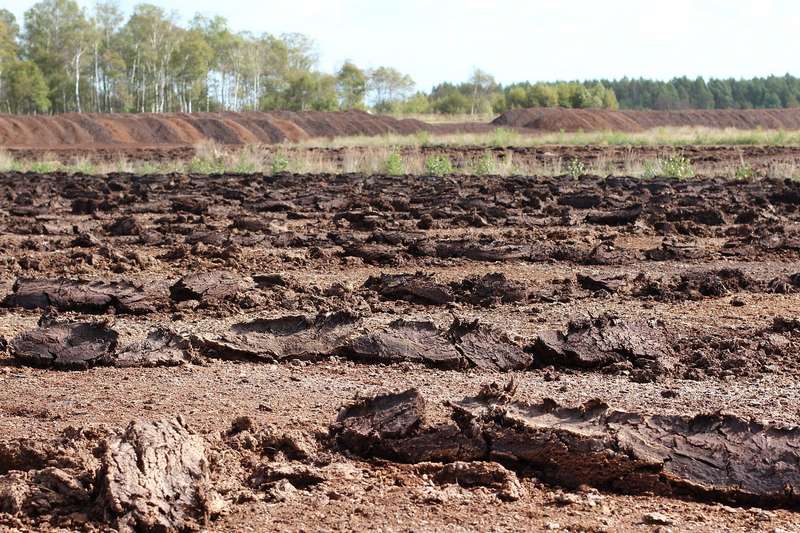
Exploitation of a peat bog.
It can be composed, for example, of coconut fibres, composted bark, enriched with compost, manure, and seaweed, and fertiliser. Check the composition on the bag. It is used like horticultural compost.
It is entirely possible to create it yourself by mixing garden soil (40%), compost (40%), and sand (20%).
Frequently Asked Questions by Gardeners about Potting Soil and Its Uses
- Should you mix potting soil with soil?
If you have good garden soil that is rich and light, adding potting soil is unnecessary. However, if your soil is particularly heavy, too light, or too poor, adding potting soil will help to correct some of these drawbacks. Use universal potting soil or horticultural potting soil. The recommended proportion is about 1/3 potting soil to 2/3 soil.
- What is the difference between potting soil and compost?
Do not confuse potting soil and compost! Compost is made from the decomposition of green waste from the garden; it is not used pure but as an amendment. It can perfectly be used in conjunction with potting soil to enrich it.
- How to make leaf potting soil?
Made from the decomposition of dead leaves, it is nothing more than universal potting soil. It is rich in organic matter and, due to its acidic pH, can be used for acidophilous plants. To make good leaf potting soil, follow our tips: “How to make good leaf potting soil? – Tutorial
To go further
Discover our wide range of composts, versatile or specific, suitable for organic farming as well as our professional quality composts
- Subscribe!
- Contents
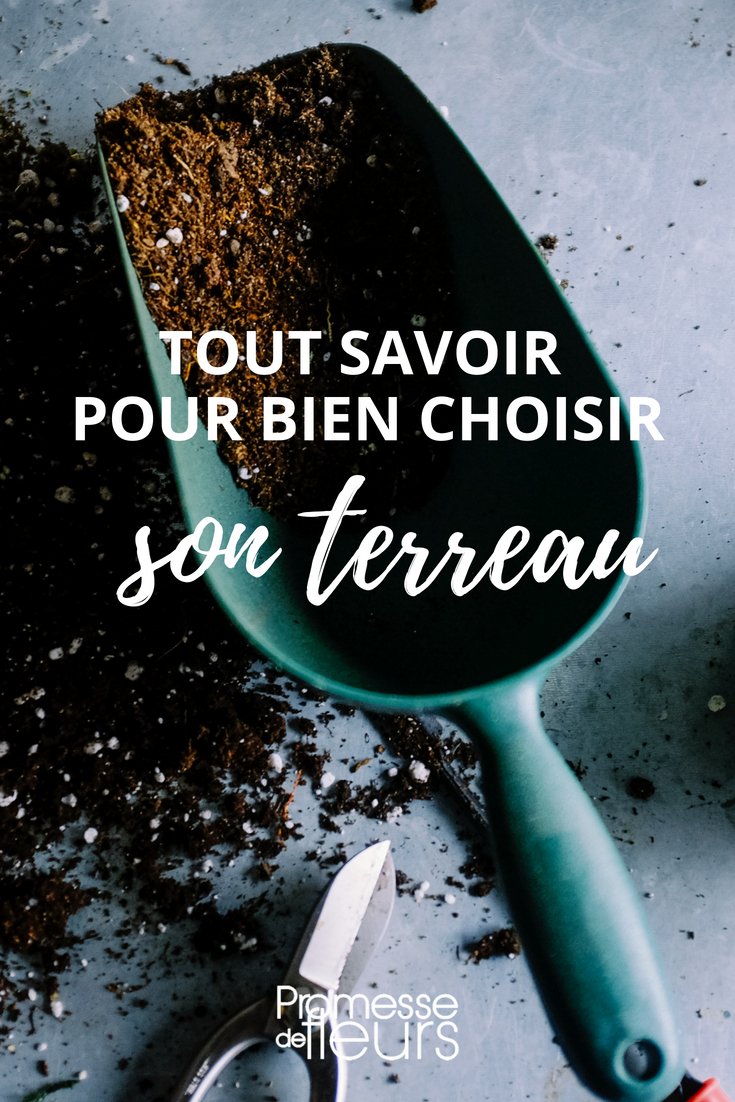































Comments